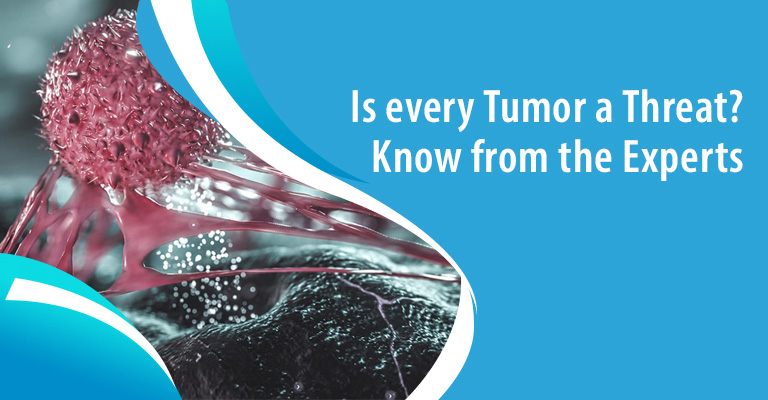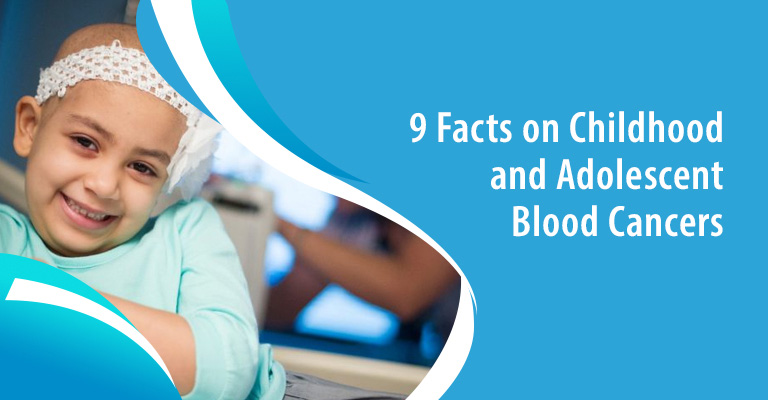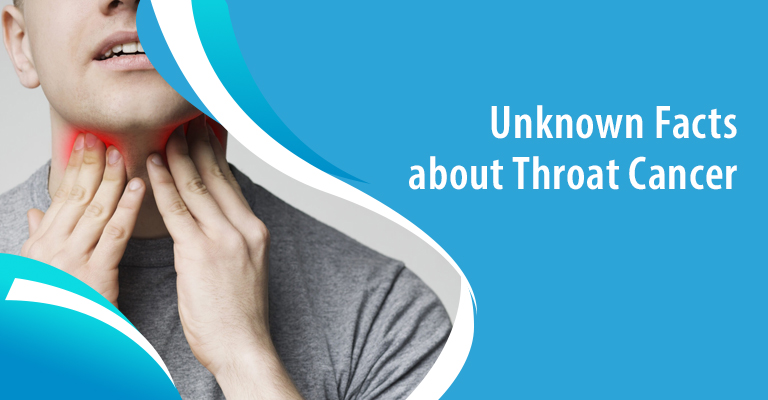A type of cancer that initiates with the uncontrolled growth of one's bone cells is called Bone Cancer. Bone cancer is relatively a rare condition. Mostly bone tumors are benign. They do not have the potential to spread to the other parts of the body. However, it can weaken your bones resulting in broken bones. Bone cancer primarily affects the long bones of the legs and arms or the pelvis region. The development of cancer that initiates in bone tissues is primary bone cancer. The effect of primary bone cancer in other parts of the body is secondary or metastatic bone cancers.
Our Oncology team at Medica has some of the best oncologists and oncosurgeons who are well supported by state-of-the-art cancer treatment equipment and technologies. We are offering our patients comprehensive therapeutics, surgery and post-surgery care at transparent rates.









